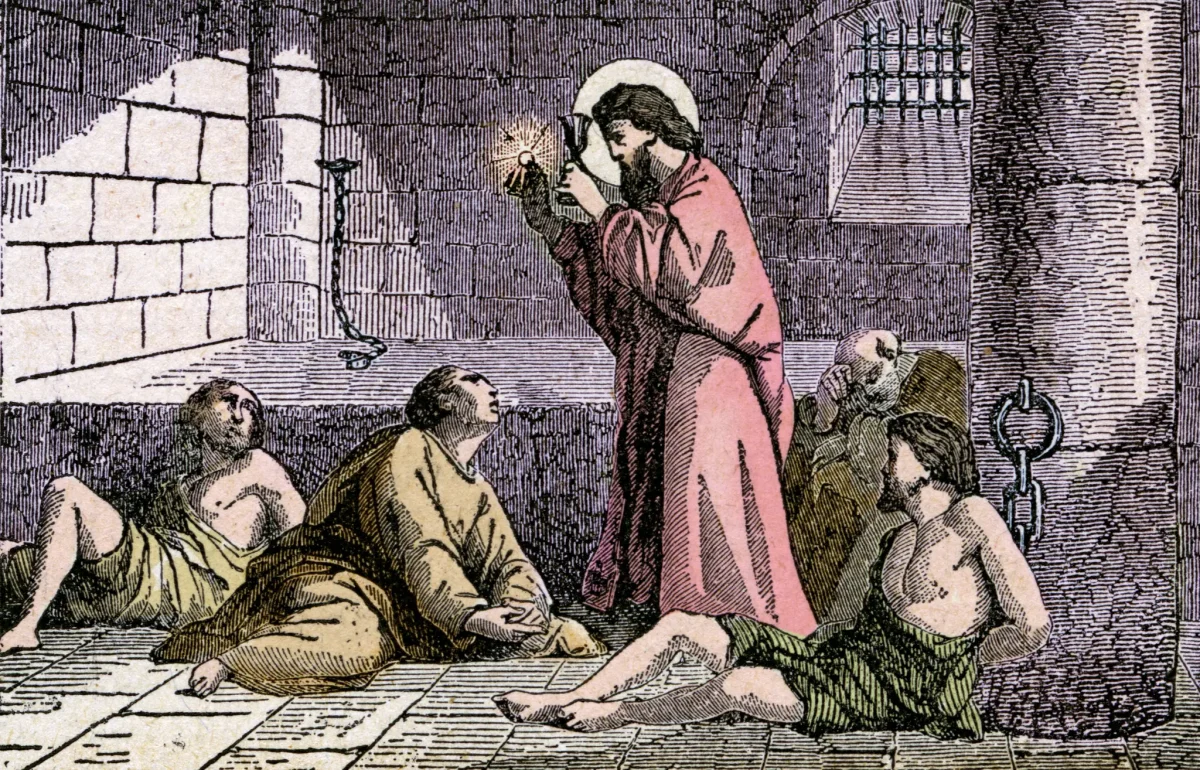Adrenaline. Intensity. Freedom. That wonderful sensation where you feel as though you’re flying. Axel jump. Salchow jump. Lutz jump. Waltz jump. Sit spin. Camel spin. Biellmann spin. Flying spin. Cold air biting at your face. A sense of security that you know your boot is too tight to fall off. Rhinestone dresses. Medals that aren’t actually gold, but nobody really cares. Figure skating isn’t talked about a lot as a sport, but it’s one that is beautiful, unique, and very difficult to master.
Figure skating started in 3000 BC, when people in Scandinavia and Russia were believed to have made skates out of animal bones, which is the earliest known evidence of figure skating. These skaters used the ice as a means of transportation, quickly speeding around large stretches of frozen water.
In 1772, Englishman Robert Jones introduced figure skating as a sport, though it wasn’t the graceful and beautiful art we know today. In 1865, American Jackson Haines became known as the “father of figure skating” for his contributions to the sport. He developed the modern figure skate, including the invention of the toe pick that became infamous in the skating community. His new blade allowed for many new moves, which he utilized by introducing graceful movements, inspired by ballet techniques. In 1908, figure skating was introduced to the Summer Olympics in London, marking it the first ever winter sport to be contested.
In the first men’s singles competition, Per Thorén won bronze, Richard Johansson won silver, and Swedish skater Ulrich Salchow was the first ever Olympic Gold winner for men’s figure skating. Does the name sound familiar? “Salchow” is also the name of a popular, easy jump where the skater takes off from the back edge of one foot and lands on the other, invented by its namesake in 1909, during a competition. In the last Winter Olympics in Beijing, American Nathan Chen won gold against silver winner Yuma Kagiyama and bronze winner Shoma Uno.
In the first women’s singles competition, Dorothy Greenhough-Smith won bronze, Elsa Rendschmidt won silver, and British skater Madge Syers was the first woman to win gold in Olympic figure skating. Syers also competed and won gold as a pairs skater with her husband, Edgar Syers. She was also the one who started the trend of wearing shorter skirts for skating, to try and appease congressmen who thought women couldn’t compete against men, because the judges wouldn’t be able to see their footwork. In 2022, Russian skater Anna Shcherbakova won gold against silver winner Alexandra Trusova and bronze winner Kaori Sakamoto.
Pairs skating is also an event in the Olympics. In the first competition in 1908, the Syers won bronze, Phyllis and James H. Johnson won silver, and German skaters Anna Hübler and Heinrich Burger won gold. They were the first Germans to become Olympic champions. In 2022, Chinese skaters Sui Wenjing and Han Cong won gold against silver winners Evgenia Tarasova and Vladimir Morozov and bronze winners Anastasia Mishina and Aleksandr Galliamov.
Ice dance was only added to the Olympics in 1976 in Innsbruck, Austria. The gold winners were Lyudmila Pakhomova and Aleksandr Gorshkov of Russia, the silver winners were Irina Moiseyeva and Andrei Minenkov, and the bronze winners were Colleen O’Connor and James
Millns. In 2022, French skaters Gabriella Papadakis and Guillaume Cizeron won gold against silver medalists Victoria Sinitsina and Nikita Katsalapov as well as bronze medalists Madison Hubbell and Zachary Donohue.
Olympic figure skating was moved to the newly-formed Winter Olympics in 1924. There are separate competitions for men’s singles, women’s singles, pair skating, and ice dance. In 2014, they added an event that combined them. Today, figure skating is one of the most popular winter sports, and the future is looking bright for these artists on ice. Keep dancing with knives on your feet on top of a slippery surface, skaters!
Categories:
The History of Figure Skating
Getty Images
BEIJING, CHINA – FEBRUARY 15: Kamila Valieva of Team ROC skates during the Women Single Skating Short Program on day eleven of the Beijing 2022 Winter Olympic Games at Capital Indoor Stadium on February 15, 2022 in Beijing, China. (Photo by Matthew Stockman/Getty Images)
0
Donate to The North Star
Your donation will support the student journalists of Putnam City North High School. Your contribution will allow us to purchase equipment and cover our annual website hosting costs.
More to Discover
About the Contributor




























